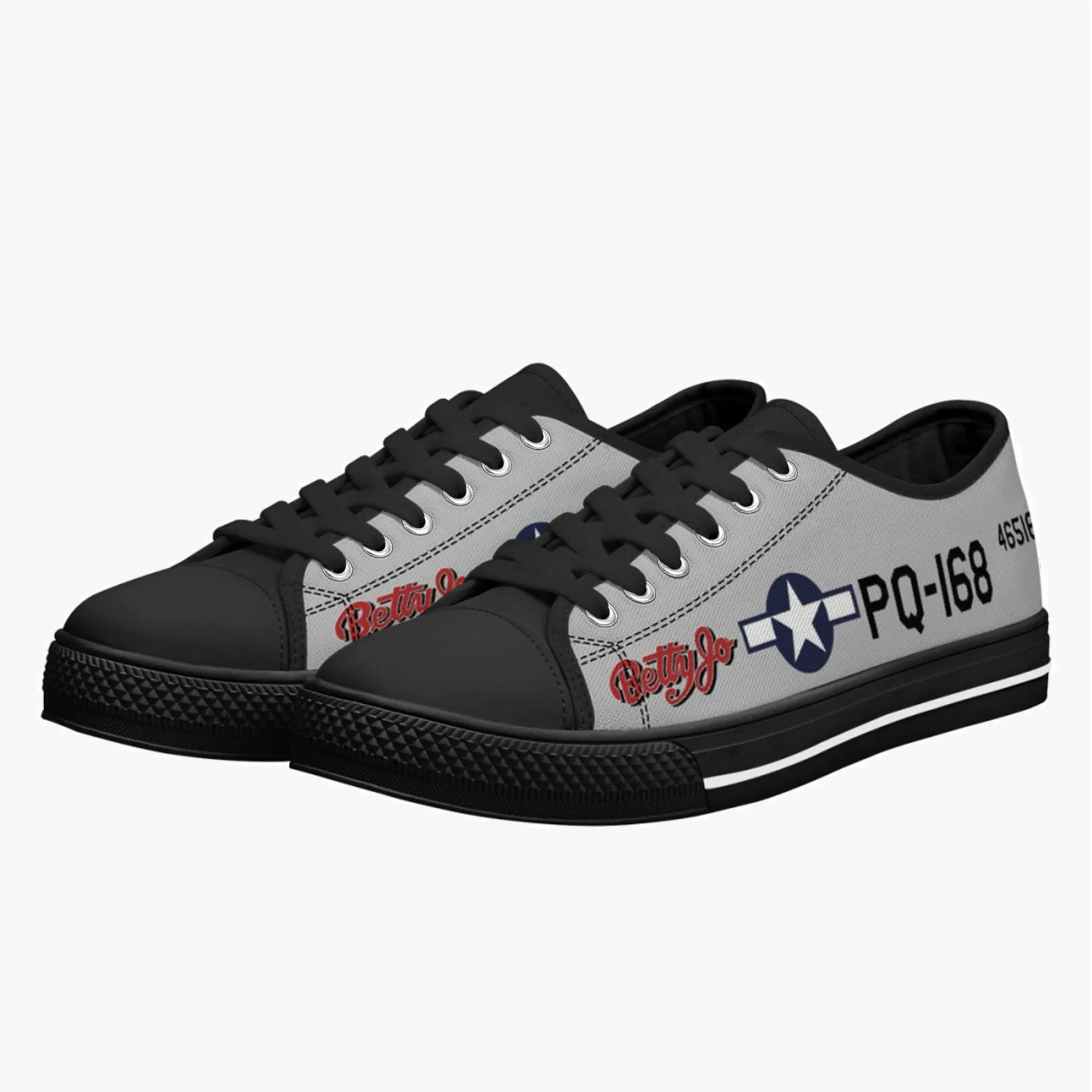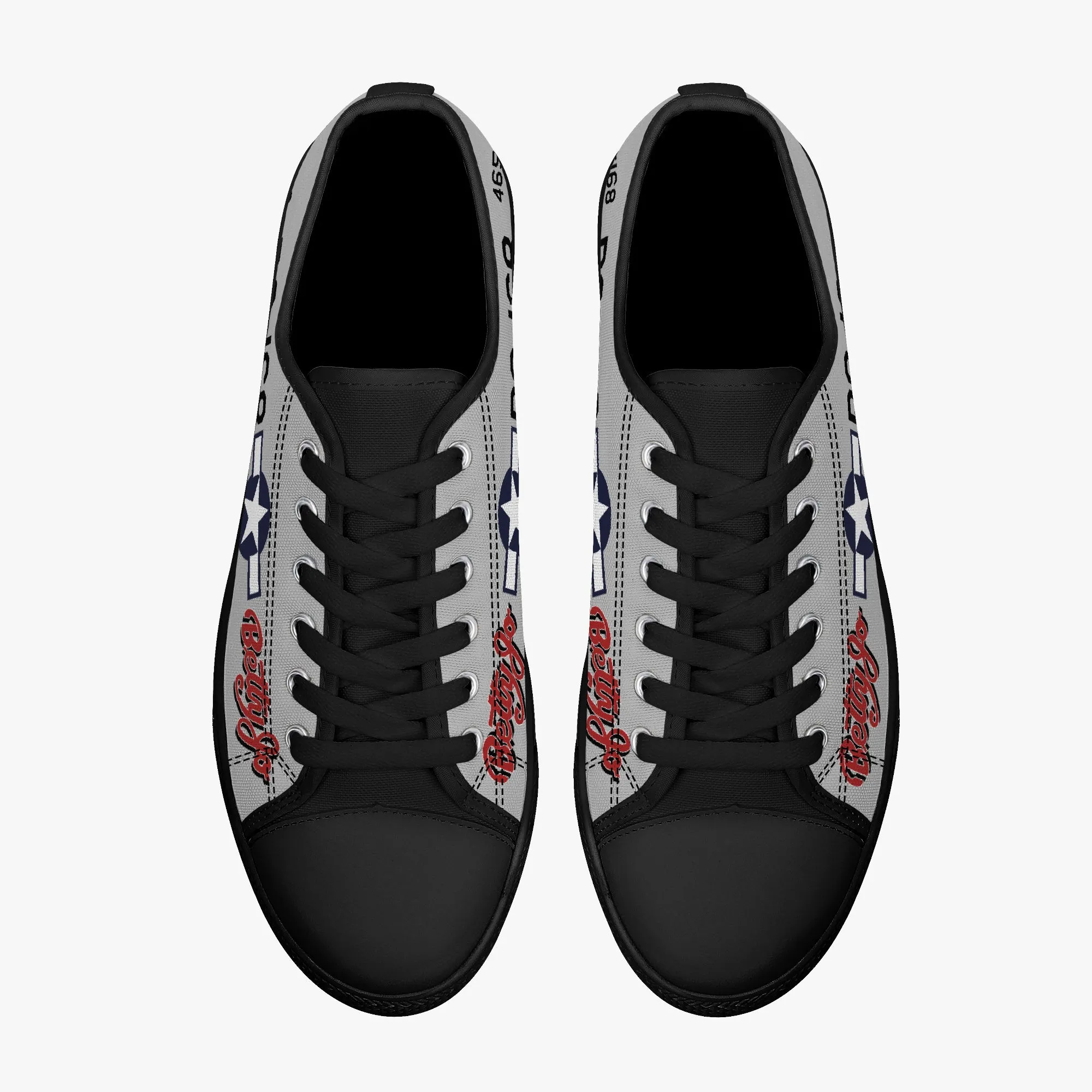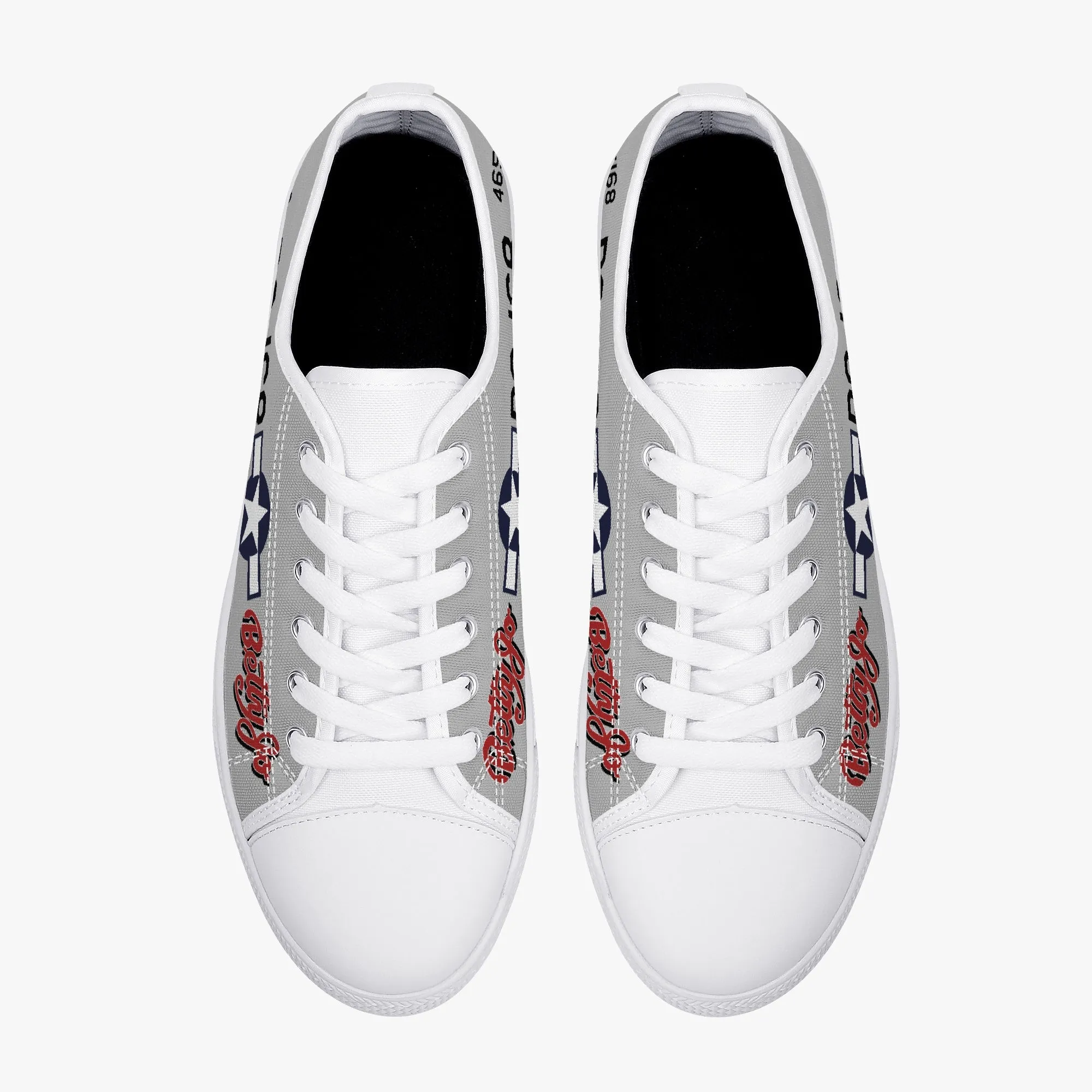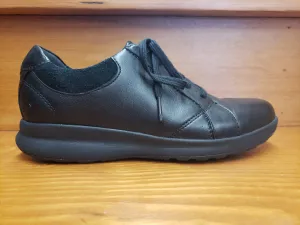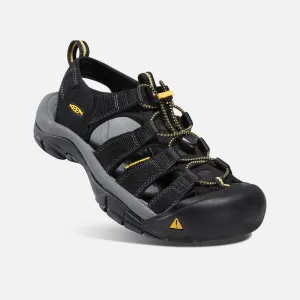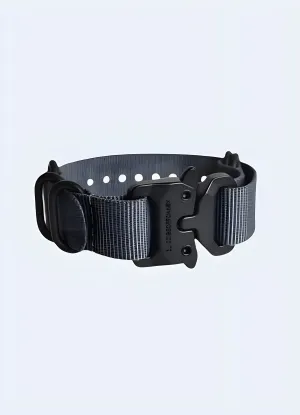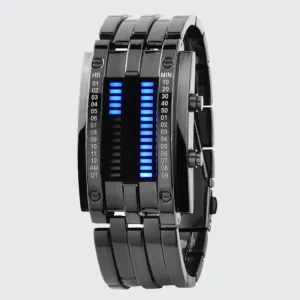The F-82 Twin Mustang "Betty Jo" holds a special place in aviation history as the piston-engine fighter that flew the longest nonstop, unrefuelled distance. On 27–28 February 1947, Lt. Col. Robert E. Thacker and Lt. John M. Ard took off from Hickam Field, Hawaii, in their twin-fuselage F-82B and flew an incredible 4,978 miles (8,012 km) to LaGuardia Airport, New York—a record that still stands today. Today, Betty Jo is preserved at the National Museum of the U.S. Air Force in Dayton, Ohio, a lasting tribute to this unique and historic aircraft.
The F-82 was designed as a long-range escort fighter for B-29 bombers, but it arrived too late to see combat in WWII. Instead, the F-82 found its place in the early days of the Cold War and the Korean War, where it became the first U.S. aircraft to score an air-to-air kill in the conflict.
On the morning of 26 June 1950, one day after the start of the Korean War, the U.S. Air Force's 68th Fighter (All-Weather) Squadron sent four F-82G aircraft from Itazuke Air Base in Japan to protect two Norwegian ships evacuating civilians from Seoul. While covering a motor convoy of civilians on the Seoul-Inchon road, two of the F-82s were attacked by two Soviet-made La-7 fighters, presumably flown by North Korean pilots. Rather than endanger the civilians below, the two F-82s pulled up into the clouds instead of engaging the La-7s.
The next day, on 27 June 1950, North Korean aircraft attacked the early morning USAF flight. This time, however, the F-82 crews accepted the challenge and shot down three enemy aircraft. An F-82 piloted by Lt. William G. Hudson and carrying Lt. Carl Fraser as radar operator, claimed a Yak-11 over Kimpo airfield in full view of those on the ground. As Hudson fired at the Yak, Fraser attempted to photograph the action with a malfunctioning 35mm camera. Meanwhile, after a North Korean La-7 fighter damaged the tail of his F-82, Lt. Charles Moran shot it down. Maj. James Little, flying high cover nearby, also shot down an La-7. These early kills helped secure air superiority and ensured the safe evacuation of non-combatants. Though the F-82 was soon replaced by jet fighters like the F-80 Shooting Star and F-86 Sabre, it played a crucial role in the war’s opening days.

 Cart(
Cart(
